We can all agree that without sufficient sales, no business will grow and survive in the long run, and relying on old-school sales playbooks will no longer help.
Modern-day sales have shifted from relying on intuition and ‘spray and pray’ tactics to creating a personalized sales journey based on concrete data points, eliminating the guessing game.
Accurate and relevant data allows sales teams to most effectively focus their resources on finding and converting the most promising prospects, thus steadily growing their sales pipeline.

Custom image created in Canva
What Role Does Data Play in Modern Sales?
You cannot overestimate the role of data in modern sales. It’s the only tool for objectively determining the best-fit prospects, intelligently segmenting them, and predicting their buying behavior to personalize engagement—and that’s just the tip of the iceberg.
Gathering relevant data also allows companies to make smarter sales decisions, set attainable goals, and prevent costly mistakes from ever occurring.
An AI data analyst empowers businesses to achieve expert-level analytics on this gathered data through a simple chat interface, making sophisticated insights accessible to everyone.
Therefore, it is no surprise that over half of all sales teams rely on data for prospecting, deciding which industries to target, and their performance reviews.
In fact, data has become the backbone of modern sales prospecting, enabling teams to identify and prioritize the most promising leads with greater precision.
Yet, data alone won’t help small business owners create more opportunities. Setting the processes to harvest relevant data points, analyze, and utilize them is where the true power lies. The true power lies in setting them.
Combined with a skillful and motivated sales team that will give every business the upper hand in today’s hyper-competitive market.
Now, let’s discuss the top 7 data-driven strategies small business owners can use to grow their sales pipeline immediately.
7 Data-Backed Sales Strategies to Grow Your Sales Pipeline
In this article:
- Informed Lead Generation
- Segmentation/Account-Based Prospecting
- Streamlined Sales Journey
- Flexible Pricing and Discounts
- Fine-Tuning the Demo
- Identifying Cross-Sell/Upsell Opportunities
- Optimizing and Forecasting
1. Informed Lead Generation
Time is money, and businesses have neither to spare on bad-fit prospects. Nowadays, focusing your sales efforts on quality prospects will pay off much more than simply targeting as many prospects as possible.
On average, over 50% of all your prospects are not in any way interested or in need of what you’re selling. Just imagine how much you could grow your pipeline and revenue by putting the same effort into the right leads.
But how can businesses know which prospect is more likely to convert and become a long-term customer? You guessed it - data.
Sales teams’ lead generation strategies must revolve around data to separate the hot prospects from the bunch in the early stages. A prime example of this is gathering and analyzing your website visitors’ data:
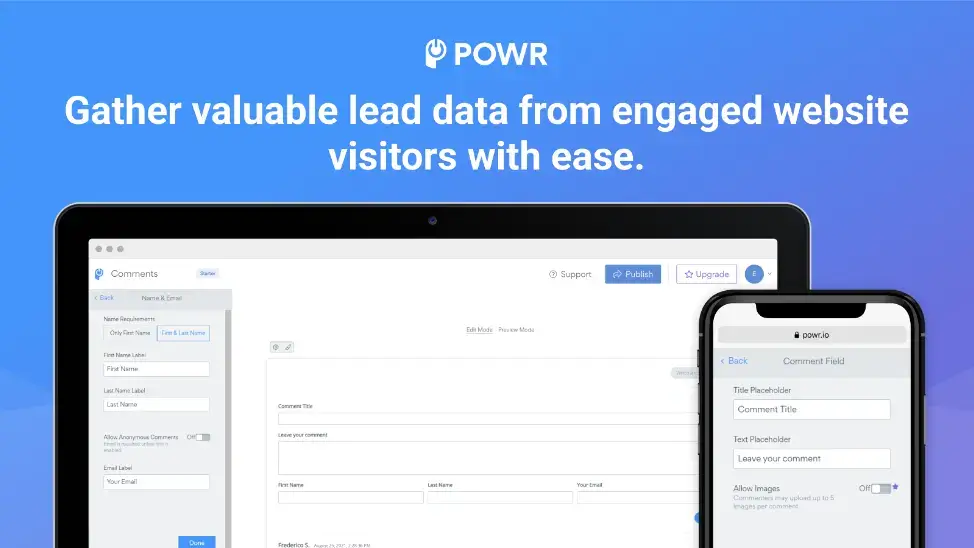
On top of that, by gathering and analyzing data on existing customers, sales teams can find recurring indicators they can apply to their pool of prospects.
They can take it further and focus exclusively on customers who bring the most long-term value.
- Where did the majority of your customers come from?
- What separates converted customers from those who fell through the cracks?
- How did you engage them?
- How many follow-ups and at intervals?
Dig deep to get a complete understanding of what early indicators can help determine whether the prospect has the potential to become a paid customer or not, and allocate your resources accordingly.
2. Segmentation / Account-Based Prospecting
Now that you’ve found ways to identify the hottest prospects, it’s time to separate them into different customer segments for the most personalized buyer journey.
To do that, you’ll have to clearly define the buyer profile of each segment to know where every new prospect falls into.
Once again, this is done by analyzing past and existing customer data and finding common features that can separate them into smaller sub-groups.
Businesses usually segment their customers by demographic, firmographics, psychographic, and technographic data points.
Segmenting prospect lists can also be based on the value they could bring to the business. It is where account-based prospecting strategies come into play, which refers to identifying, engaging, and eventually winning over high-value, best-fit accounts.
Unlike traditional lead generation, account-based sales and marketing revolve around hyper-personalizing and creating unique sales journeys for the targeted accounts:
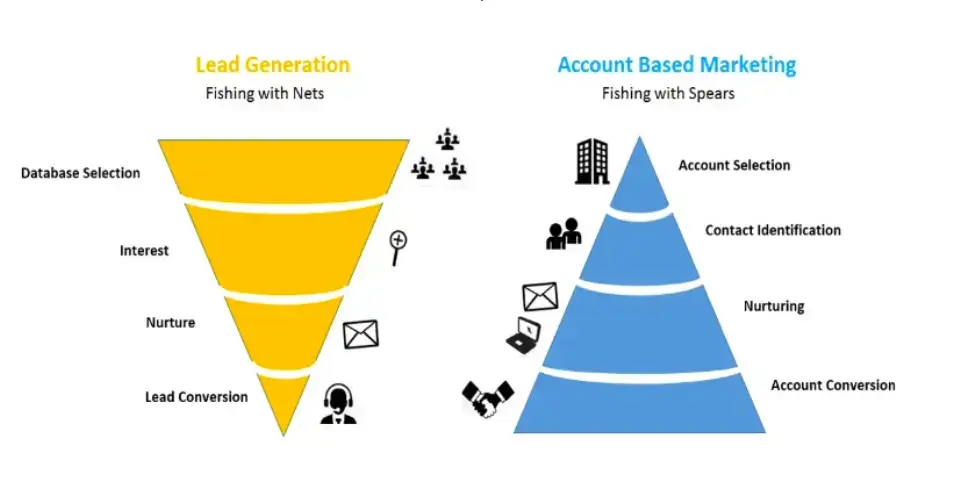
While this may seem much more hard work for covering a smaller portion of the prospect list, the main appealing asset of account-based selling is that it proves how quality trumps quantity in modern sales (to a certain extent).
Once the prospect segments are ready, sales teams often align with their marketing colleagues to create tailored buyer journeys based on their derived data points for each group.
Marketing teams will target each prospect segment with the most relevant content and landing pages, while sales reps will use the outreach channels, templates, and call-to-actions (CTAs) that have proven to work best.
This way, businesses will win over prospects by maintaining meaningful and personalized interactions throughout the entire buyer journey, focusing on the exact features or use cases most likely to convert potential customers.
3. Streamlined Sales Journey
Businesses should constantly monitor the data that flows throughout them. Tracking prospects’ data gives sales teams a clearer picture of their business needs, most significant pain points, allocated budget, likelihood to buy, etc.
Knowing this information allows sales reps to optimize the sales journey and shorten their pipeline. By doing so, they will be increasing their conversion rates and the ROI for each closed deal.
Streamlining the sales journey is also crucial for nurturing high-value prospects over time. After all, around 80% of prospects will say ‘no’ 4 times before finally shaking hands on the deal, so you should not give up easily on them.
But at the same time, going for the sale too soon can be just as detrimental to your business, which is why it’s crucial to maintain your pipeline.
Sales reps can’t use the same engagement, nurturing, and pitching to a prospect who has shown purchase readiness and one who merely signed up for their company’s newsletter.
Whether through content interactions, personalized emails, or website chatbots, sales teams have to score their prospects’ purchase readiness and base the timing of their actual sales pitch on that data.
4. Flexible Pricing and Discounts
No matter the industry you’re in, numerous competitors are offering a similar product. Each prospect you engage will probably consider other options before making a purchase.
One of the most significant determining factors in a buyer's eyes is your product's pricing.
You don’t want to overprice your product offering, but you don’t want to undercut the market price to the point of struggling to break even.
To strike a perfect balance, businesses analyze customer and competitor data - in other words, how much money are their targeted prospects willing to spend and how are the main competitors pricing their products.
With specialized algorithms, companies can then objectively determine the best pricing strategy for their products and upcoming discount offerings to yield the greatest conversion rates:
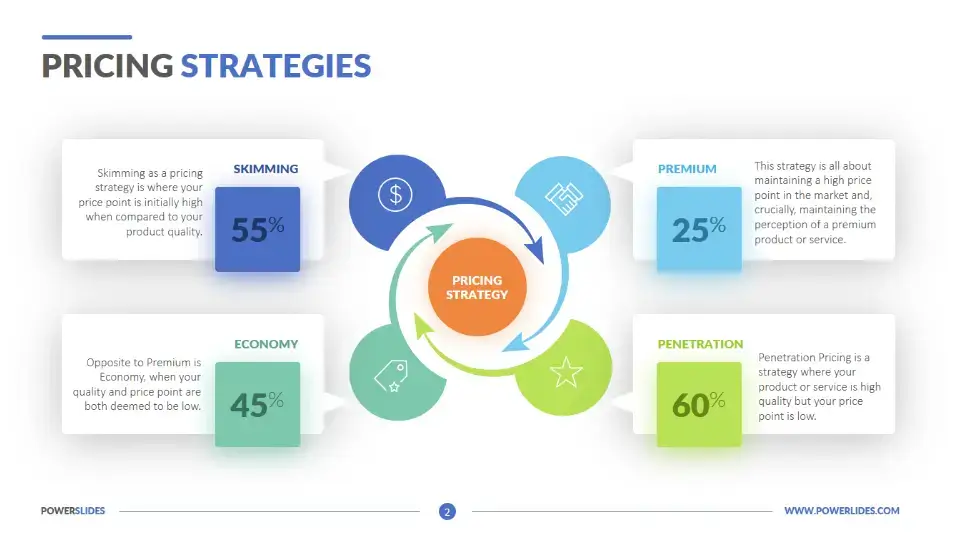
On that note, many B2B and B2C software products have customized pricing plans for larger teams. The final price will usually be negotiated and agreed upon after careful consideration.
With such an individualistic approach, companies can lean back on data from their past pricing negotiations, both successful and not.
This way, they can see what prices were offered for teams of similar sizes before, what prices turned away such teams, and what prices ended up closing the most deals.
5. Fine-Tuning the Demo
Your highly-targeted prospects have shown their purchase readiness by scheduling a meeting/demo to discuss further details.
It’s time to pull out every trick in the book to leave a remarkable impression and ensure that by the time the meeting is over - you have convinced your prospect of your product.
While it’s the perfect time to showcase your product and all its best features, you should center the demo around your prospect, their firm, and their exact business needs.
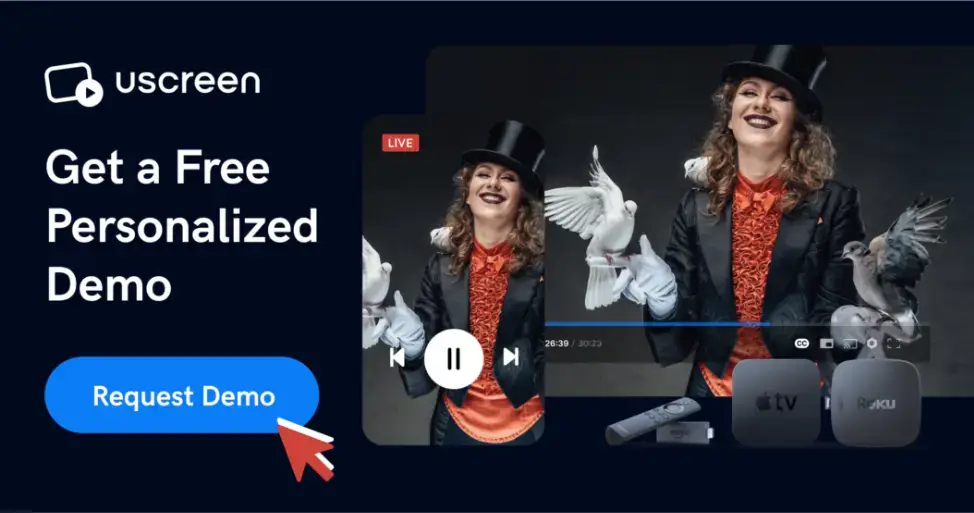
Researching the most relevant data on each booked client will allow you to personalize the demo to the fullest, showing how your product will benefit their specific company, not just any company in the industry.
Did your prospect’s company expand? Focus your meeting on how your product can accommodate a growing team.
Did they strengthen their tool stack with a complimentary product that integrates with yours? Great, make sure to mention that!
As in the previous points, analyzing data from converted and lost prospects from previous demos could also give insight into what works and what doesn’t to maximize the effectiveness of your upcoming meeting.
6. Identifying Cross-Sell/Upsell Opportunities
Your targeted prospects have successfully reached the last stage of the pipeline, and now it’s time for the sales handoff to finish closing the deal. This does not suggest that you end your data-driven sales growth strategies.
Instead, businesses should keep track of all their existing customers by constantly enriching their profile datasets with product and intent data.
This way, sales teams can stay one step ahead of any potential issues and identify potential cross-sell and upsell opportunities.
For instance, if a customer’s product data shows that they have recently expanded by adding over ten new users to their team - this sounds like an excellent opportunity to start discussing a potential plan upgrade.
In contrast, if their product data shows a steady decline in usage, this is a great time to jump in and figure out how you could help.
It may very well be the difference between a high and a low churn rate, and it’s no secret that retained customers are directly correlated with revenue growth.
Anticipating your customers’ needs will go a long way in building long-term relationships, as they will appreciate you taking the time and effort to find proactive solutions to their business needs.
7. Optimizing and Forecasting
With so much data flowing around, you must find a way to optimize it to the fullest accurately.
Sales managers must know precisely what data is relevant to their business and ensure their team understands how that data can be gathered, stored, and optimized for creating customer segments or future forecasting.
Forecasting has become a vital part of business success in today's hyper-technological world.
While you may need some software for this, accurate forecasting is only possible with rich data gathered from your customers, product usage, market, financial statements, and possibly more, depending on your business.
Sales forecasts can help predict the expected revenue, set realistic quotas, identify shifting market trends, and navigate strategic sales decisions.
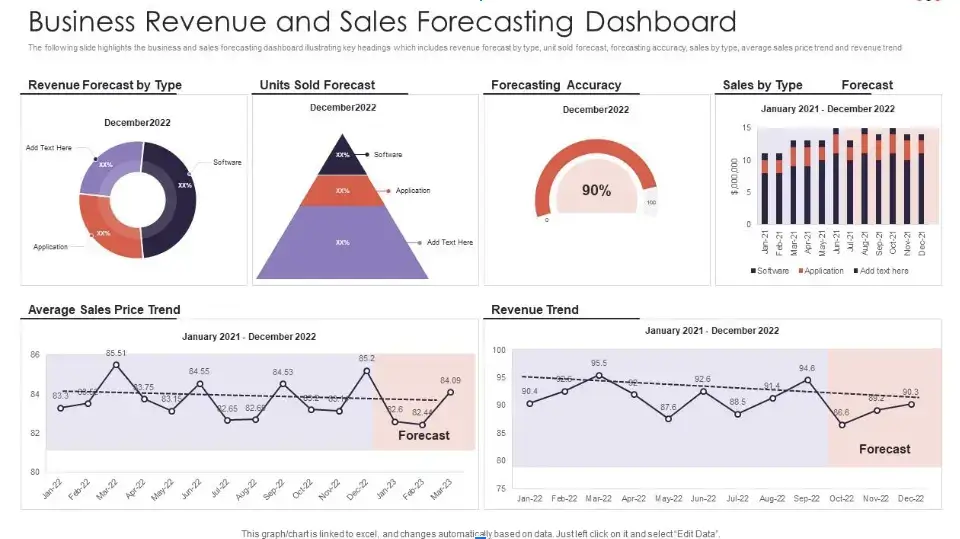
A good chunk of the overall data sales teams work with should focus on the negatives - what doesn’t work, where most prospects fall off in the sales pipeline, etc.
Only this way can sales teams grow a healthy pipeline that targets relevant prospects, creates a personalized journey through segmentation, and eventually converts them into customers.
Bringing It All Together
While sales remains a fluid and creative business process, it has become a heavy numbers game. And why not, considering the unquestionable objectivity data brings to the table?
Quality data helps sales teams answer ‘why’ and ‘how’ things are the way they are, helping them channel their hard work as effectively as possible to get the desired results.
Without accurate data and the means to properly manage it, businesses will always be at a substantial competitive disadvantage.
In today’s fast-paced business environment, making accurate decisions and projections has become vital rather than relying on your gut instinct.
Over To You
Following these seven data-driven strategies is a great starting point for sales teams of all sizes and industries.
But it’s worth mentioning - working with data is more than purchasing the right software and tweaking a few existing processes.
There has to be a data-driven culture in the entire company - from sales to inbound marketing to customer success, where data will be the glue connecting all the teams working towards the same goal.
A data-driven company will make the right moves at the right time, growing its pipeline, maximizing revenue, and bullet-proofing its long-term success.
So if you haven’t yet - it’s time to collect customer data and consider it the core of your sales strategy to increase quality leads, drive conversions, and grow your revenue like never before.


